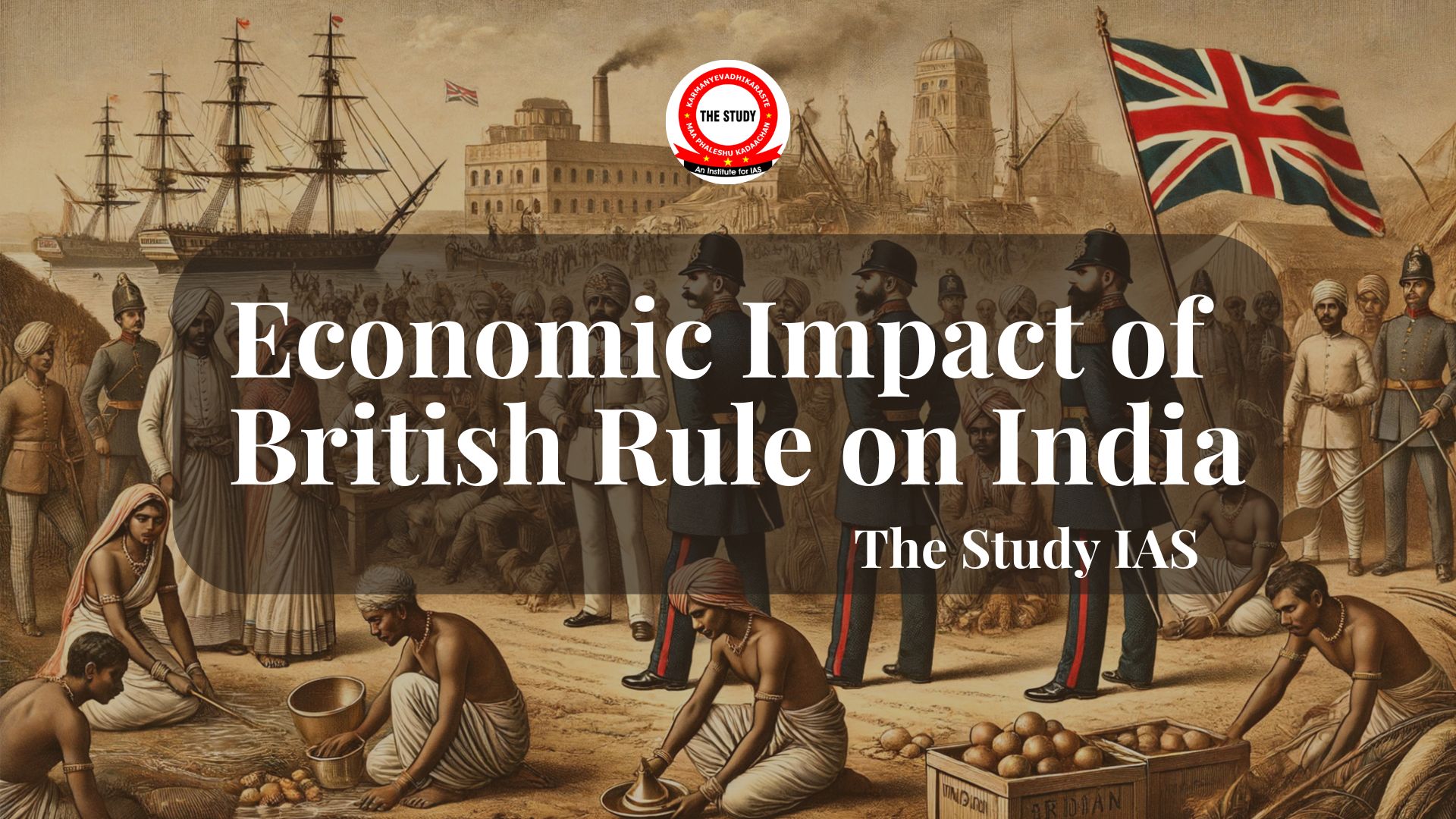Font size:
Print
Resolve Tibet Act
Context:President Joe Biden has signed the Act which was passed by both houses of the US which enhances U.S. support for Tibet and promotes dialogue between China and the Dalai Lama.
About the Act:
- Towards a peaceful resolution of the dispute over the status and governance of the remote Himalayan region.
- Bipartisan commitment to advancing the human rights of Tibetans and supporting efforts to preserve their distinct linguistic, cultural, and religious heritage.
- The Act does not change longstanding bipartisan US policy to recognise the Tibet Autonomous Region and other Tibetan areas of China as part of the People’s Republic of China (PRC).The Act enhances US support for Tibet, empowering officials to actively and directly counter disinformation about Tibet from the Chinese government.
- It rejects claims that Tibet has been part of China since”ancient times”, calls for unconditional negotiations between the Chinese government and Tibetan leaders, and affirms the USA’s role in coordinating multilateral efforts for a negotiated agreement on Tibet.
- US wants China to abide by the Universal Declaration of Human Rights(UDHR)
- China had opposed the Resolve Tibet Act, describing it as a destabilising Act.
Universal Declaration of Human Rights(UDHR)
|
About the China – Tibet dispute:
- Post Chinese annexation of Tibet, the 14th Dalai Lama fled Tibet in 1959 and came to India, where he set up the government-in-exile at Dharamshala in the state of Himachal Pradesh.
- From 2002 to 2010, the Dalai Lama’s representatives and the Chinese government held nine rounds of dialogue that did not produce any concrete outcome.
- China views the 89-year-old Tibetan spiritual leader, who is based in India, as a “separatist” who is working to split Tibet from the rest of the country.
About India’s Tibet Policy:
- Diplomatic and Humanitarian Commitment-India recognised Tibet Autonomous Region as part of China in 1954.
- Since 1959, it has provided asylum to the Dalai Lama and Tibetan refugees, showing its strong commitment to humanitarian principles.
- Position on the Dalai Lama -India highlights the Dalai Lama’s status as a respected spiritual leader instead of categorising him as a “separatist,” despite China’s objections.
- India does not officially recognise the Tibetan Government in Exile or
- Parliament in Exile as independent entities.


